What would happen if the Soviet Union won World War II and became the most innovative and advanced technological powerhouse on the planet? Atomic Heart from developer Mundfish answers this question through a BioShock and Prey-tinted lens whilst making a powerful statement about the flaws of communism worth of George Orwell.
Knowledge is power
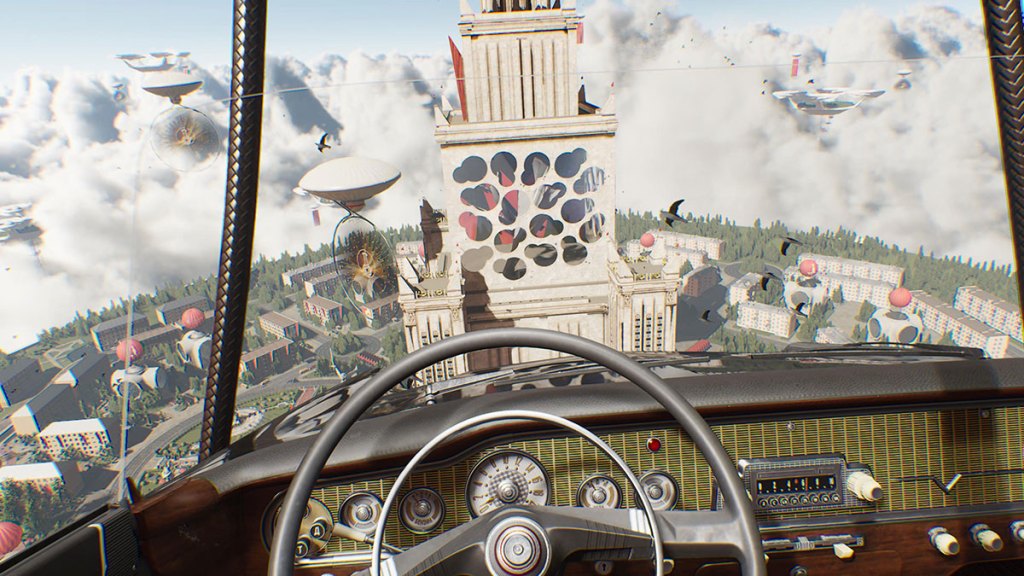
Atomic Heart puts you into the boots of Major Nechaev, a young soldier rescued from death in the war by a brilliant scientist and the man responsible for the source of the USSR’s technological revolution, Dmitriy Sechenov. Polymer is an incredible substance that allowed the world to benefit from robots serving them in every way. Nechaev has a few holes in his memory due to his injuries in the war but vehemently supports Sechenov for saving him, which is why he doesn’t bat an eyelid when he gets sent to Facility 3826 and is immediately attacked by what should be safe machines.
Related: Foolishly brave streamers are already getting banned for playing Atomic Heart online
Nechaev is an unreliable narrator for reasons you’ll explore in-game, but that’s perfect for the story Atomic Heart tells. The world is ruled by a communist regime and is on the brink of launching a new system that will see every human and robot in the world connected by neurotransmitters. As you’d expect, there are flaws in this system created by greed, an insatiable need for power that’s always at the heart of any communist regime’s downfall.
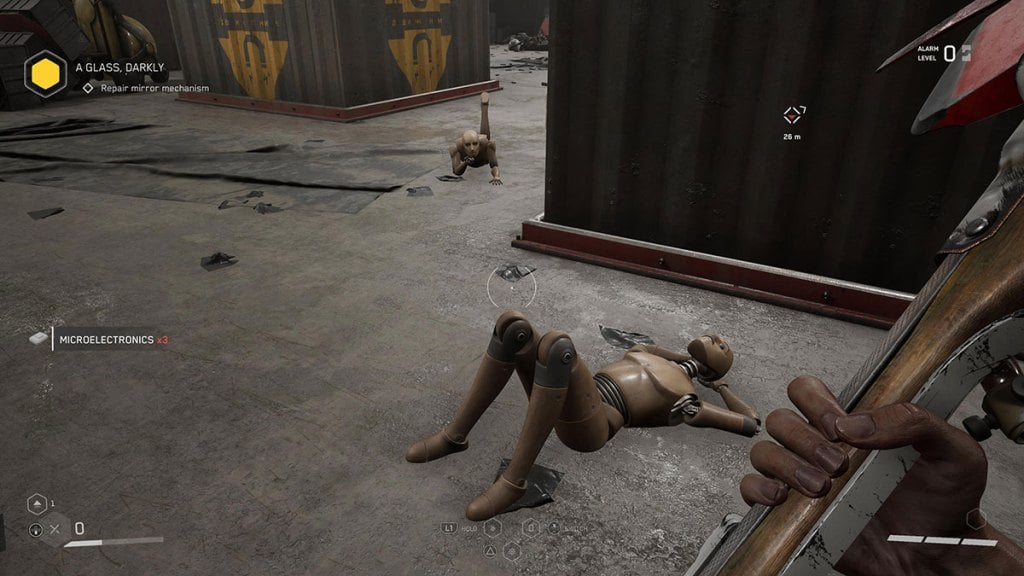
If this all sounds rather serious, that’s because it is. Atomic Heart doesn’t shy away from the genuine implications of the issues it deals with. It isn’t without personality, though, and Nechaev brings some much-needed humor to the title. He is your voice, and you’re never mad about it. He asks the questions you’d ask and doesn’t ever feel forced to the point of exploring plot points. Everything fits in nicely, and the same brand of humor is sprinkled throughout the world and story to keep it just the right side of comedically harrowing.
Controversial accusations have been made about Atomic Heart regarding developer Mundfish’s Russian origins and the ties several staff members have to major Russian corporations. However, the tale this game tells does anything but prop Russia, the USSR, or any communist movement up and hold them in high regard. Quite the opposite. It’s hard to judge each individual developer’s views and beliefs, but after playing this game, I feel quite sure that Atomic Heart pokes fun at Russia and communism in the same way BioShock pokes fun at America and worldwide social norms.
A disturbing world you’ll never want to leave
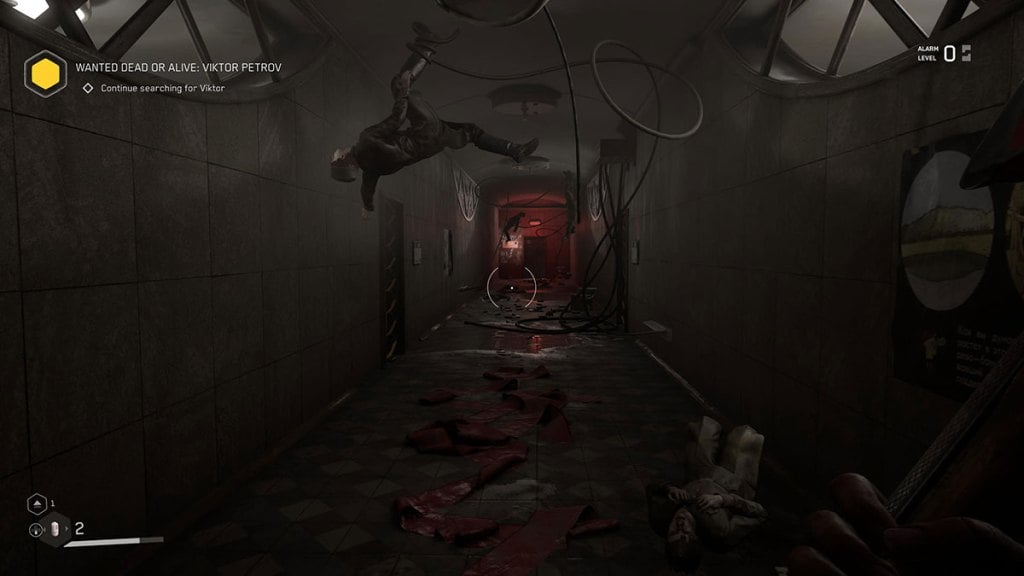
The story initially takes you deep underground to ascertain why robots have turned hostile. The labs take up about a quarter of the game but are more of a tutorial for what’s to come. Despite the open sandbox nature of this early area, of which there are a few you’ll explore over the course of the story, nothing prepares you for the sprawling inter-connected surface-level location that you must explore between story beats.
What starts as linear game design explodes into an immersive sim that presents you with an Atomic Heart-themed buffet to stuff yourself in. The first time you see the vastness of this open world, it’s almost too much. Each building where main missions take place has a set layout you become familiar with after a while. They’re enjoyable to explore and battle through, feeling more akin to regions in Rapture. The open world is a slice of land that’s connected by roads, forests, and paths. You can run everywhere on foot, sneaking around cameras and killing robots where required, or use a car to reach your next goal. The noise of the car draws a lot more attention than you might like, so you need to become proficient at escaping large groups of enemies in case you hit a giant robot and need to dive out the passenger door. Unfortunately, the world does begin to fall apart towards the last 15% of the game due to graphical issues. These are fairly minor, though, and can be overlooked at the time because they’re an aside to something else taking the spotlight in the scene.
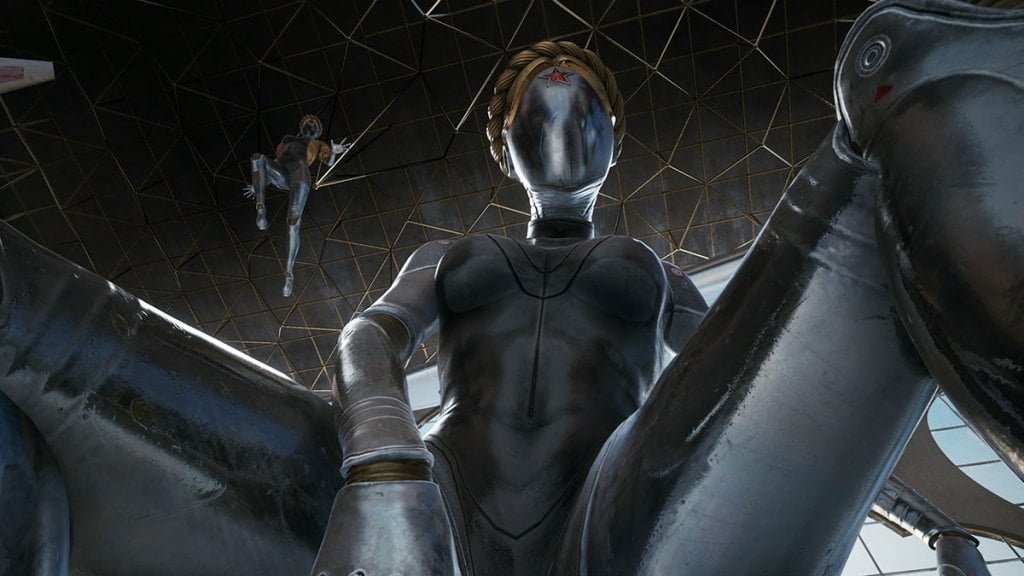
Related: When is the exact release time for Atomic Heart? Answered
Of course, you can focus your time and bash through the story in roughly 20 hours, but there’s so much more to Facility 3826. Optional combat arenas pocket the landscape, offering more opportunities to practice your combat skills and earn some extra resources for crafting weapons and consumables. Even moving from objective to objective across a small island is made fabulously engrossing through the increasingly challenging combinations of enemies that occupy the surface. At first, you’ll just need to sneak around androids, then repair drones and additional worker robots that are brought into the mix, ensuring any enemy you kill is back up and running fast so you can’t clear an area. Camera robots can raise the alarm and cause every robot in the local region to descend on you, with your death following soon after.
The real highlights of this world are the robots, though. Each one has been created to fit the 1950s alternative time period. Each enemy, robotic and organic, inspired a sense of body horror in us through their uncanny valley-like appearance. The most common humanoid robots have eyes that track you with ceramic faces that shear when they’re hit. They’re all made to look like tin toys from the era, while some of the more combat-focused robots pull from Russian tank or submarine imagery. The scariest thing about every enemy in the game is the power you have to assume they have. These are robots, machines with hydraulic limbs that should crush bones. Getting hit feels like it would hurt in real life, and that’s reflected in the game without making it too punishing, but always hammering home that you are a bug to be slapped by the giant hand that is every enemy you encounter.
The one thing you will not come away from Atomic Heart saying is that it looked bad or had a terrible art direction. The world is gorgeous, and its lore is delicious. You can speak to some dead locals, whose consciousnesses have been preserved by their Polymer-powered neuromods, leaving them unable to move with all the time in the world to think until the neuromod powers down and they ebb away. Interactions with dead people are some of the most memorable in the game, and it’s clear a lot of effort went into just this part of the world-building to reward players that like to drift from the main path. It’s also possible to pick up audio devices to learn more about what happened, but much of the in-game dialogue fleshes things out organically, so you come away with a full history of this timeline without even looking for it. If that sounds like too much for you, don’t worry, you can skip it.
Become a superior being
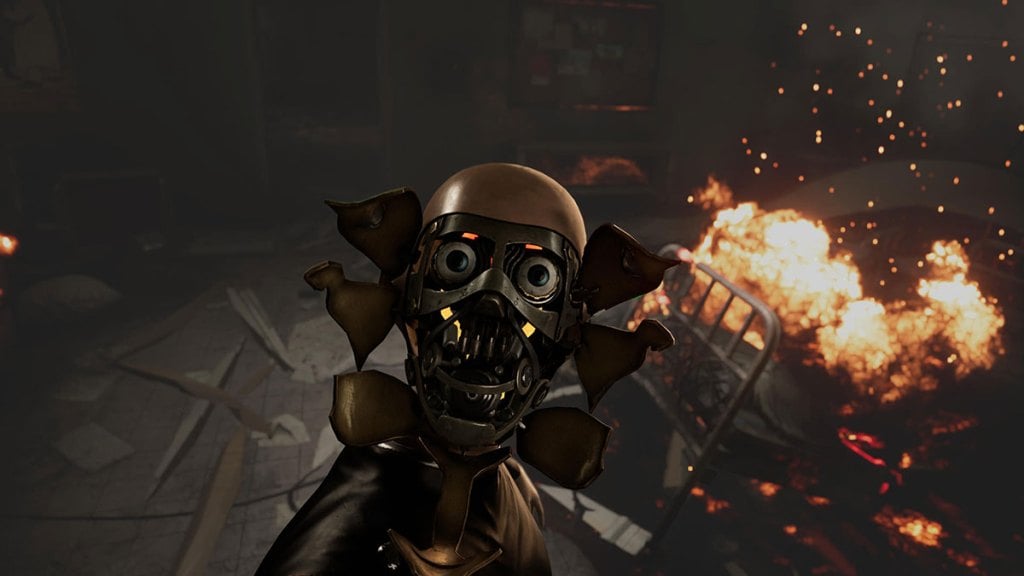
You’ll need to keep on top of your arsenal, creating and upgrading weapons or ammo so you have enough to take on the swathes of robots roaming the towns and major locations. Ammo is scarce, but materials are scattered everywhere in various containers. You can quickly search both them and enemies for the things you’ll need, even uncovering new blueprints, giving you a way to keep your item and ammo levels up. However, to do this, you need to visit the lusty vending machine, who is ecstatic each time you create one of the wide arrays of weapons on offer.
Outside of the vending machine acting as if it has a real need for a human connection, some of the machines are designed in such a way that it makes you question their maker, Sechenov. While we didn’t come across a six-hour cutscene with The Twins, Sechenov’s private guard robots, we can’t say for sure that something along those lines doesn’t exist somewhere in the game.
The other thing vending machines are good for is enhancing your glove. Dubbed Charles, the AI in your glove can be enhanced with Polymer powers that let it freeze enemies, create a shield around you, or coat enemies ready to be destroyed by elemental weapons. The first one you learn, Shok, is an obvious callback to BioShock’s one-two punch, but it’s a move that serves you just as well here, and we can’t be mad about it. You’ll need to spend a lot of time enhancing your glove, making yourself stronger and more durable as the game progresses. If you don’t, you’ll find larger enemies crush you without a second thought.
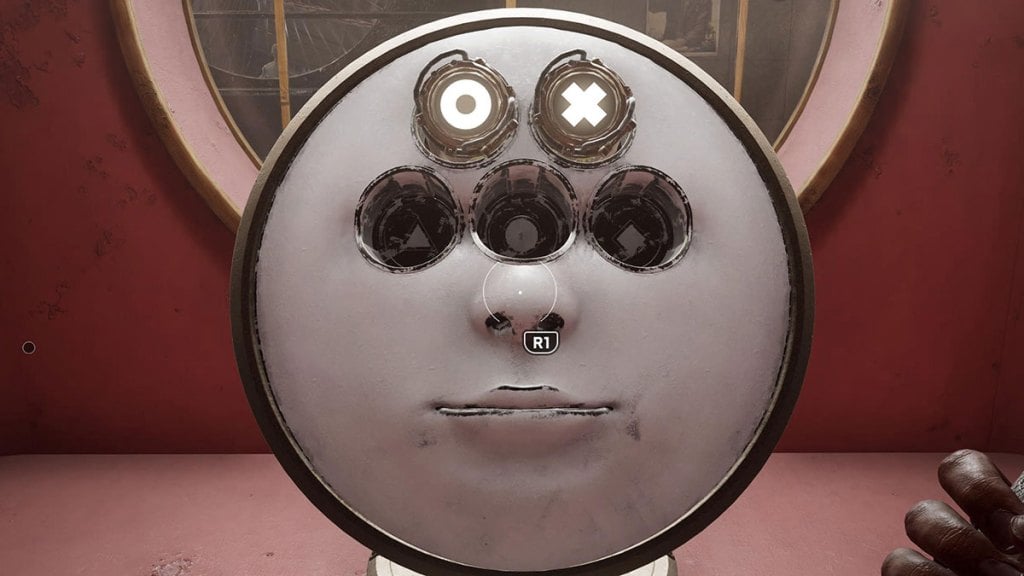
Atomic Heart’s weapons feel good but don’t feel powerful enough to deal with the enemies. Even with a few upgrades, any melee weapon can struggle to down robots closer to the end of the game. Bosses are bullet sponges for the most part, though each one has a mechanic that makes it easier to battle as long as you learn its attack patterns. Unfortunately, it’s marred slightly by a few issues we experienced. One area was so packed with hostile enemies that the game’s audio stuttered and cut out, the visuals dropped to a slideshow while fighting in one corridor, and the game crashed when things got too frenetic with every enemy attacking. These issues may be fixed in a patch, but combat with multiple foes was always an issue for us.
The most egregious issue with combat we had was an inability to switch glove powers. After a certain point in the story, we became unable to switch powers to use anything apart from our shield. We don’t know when this happened, but it makes these powers far less useful. Mercifully, Shok is linked to its own button and remains unaffected, so your trusty one-two punch never fails.
The verdic
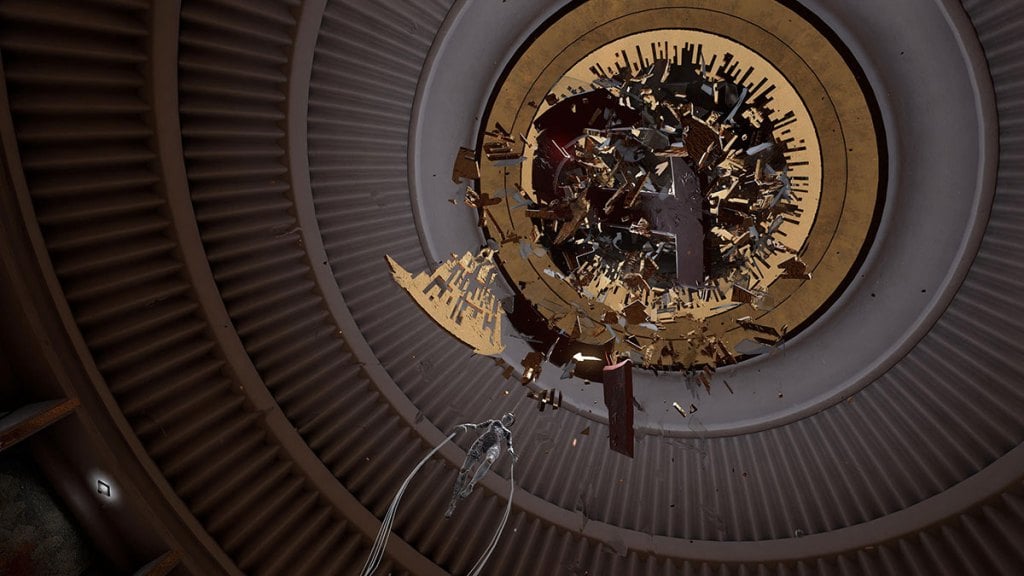
Until we explored Facility 3826, we weren’t sure what to expect from Atomic Heart. Cinematic trailers and pre-recorded gameplay can always be made to look fantastic, but this was always going to be the first game from a new developer Mundfish. However, having crouch-walked, fought, and raced our way throughout the Soviet base and uncovered its darkest secrets, we’re thoroughly surprised at how much we enjoyed ourselves and have already jumped back in to conquer Hardcore Mode.
But Atomic Heart isn’t without its flaws. While not game-breaking, there are multiple places where controls haven’t been updated in directions or the UI. This shortcoming caused us to try to scan a machine for 20 minutes with the wrong controls because the in-game text hadn’t been updated. If this isn’t fixed at launch, it will be a problem. Accessibility goes out the window if your players have to figure the controls out through guesswork. Hopefully, all in-game text is corrected by the time you play because the game really is great when you know what you’re doing.
For everything that Atomic Heart does well, there’s a caveat in the controls, stability, or simple game UI. At some points, you can even step between sections of loading in the game to abuse AI or see scenery pop in out of nowhere. It’s a beautiful tapestry with a rich story to tell worthy of the games that inspired it, not least the BioShock franchise. If you’re looking for a game to fill the void those games have left, this is it, and if you’re looking for an addictive narrative or gameplay experience, it’s here. Just don’t tug at the threads fraying from this tapestry, lest you pull away so much that you see through its beauty to the mundane base parts beneath.
Final Score:
8 / 10
| + | Incredible world to lose yourself in |
| + | More than enough to keep you busy outside of the main story |
| + | Great combat mechanics once mastered |
| – | Much of the UI is incorrect, preventing progress in some cases |
| – | Crashes and visual/audio stuttering likely during bouts of combat with several enemies. |
Gamepur team received a PS5 code for the purpose of this review.

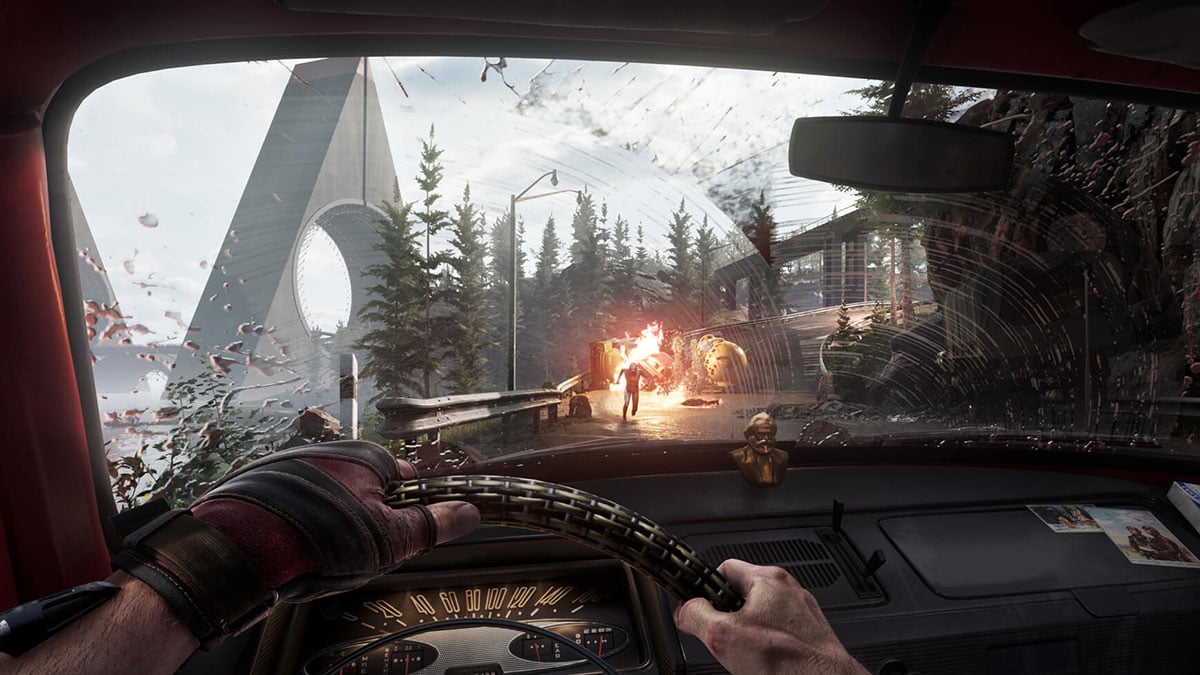
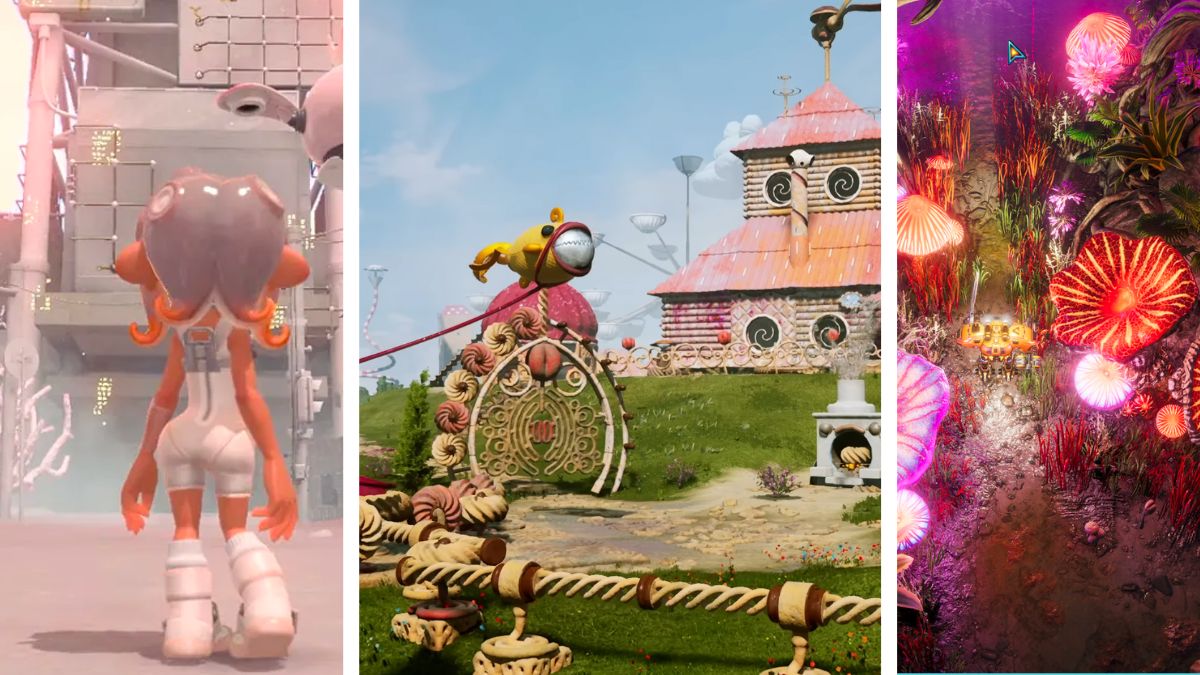
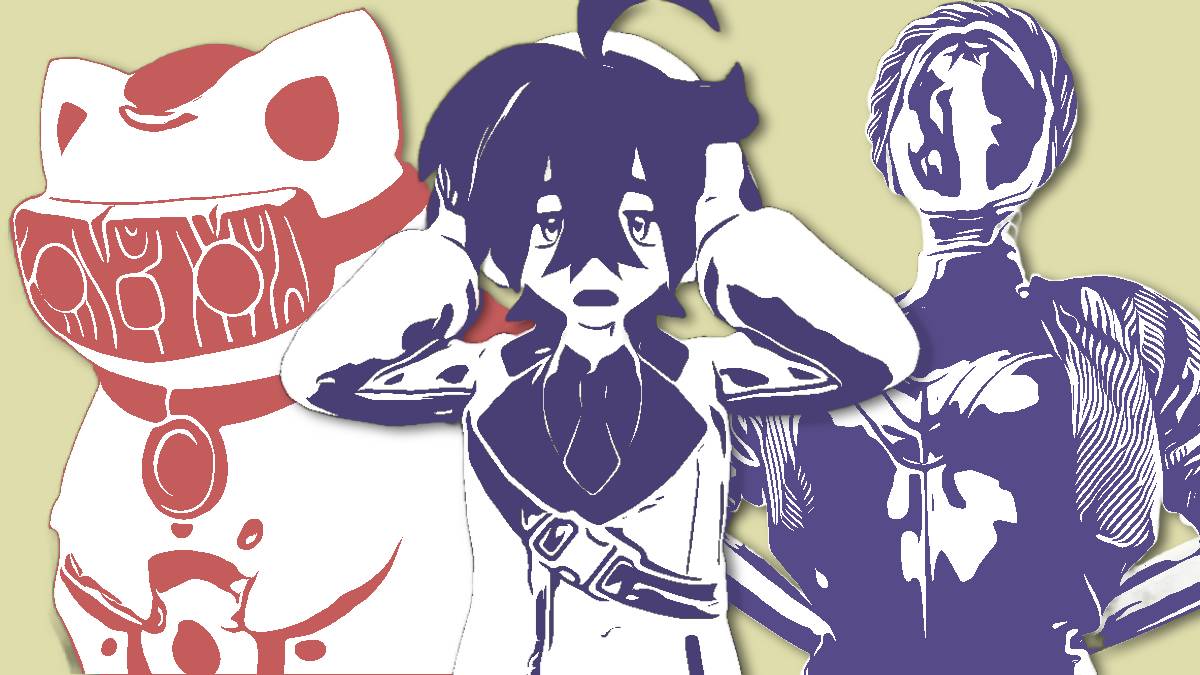
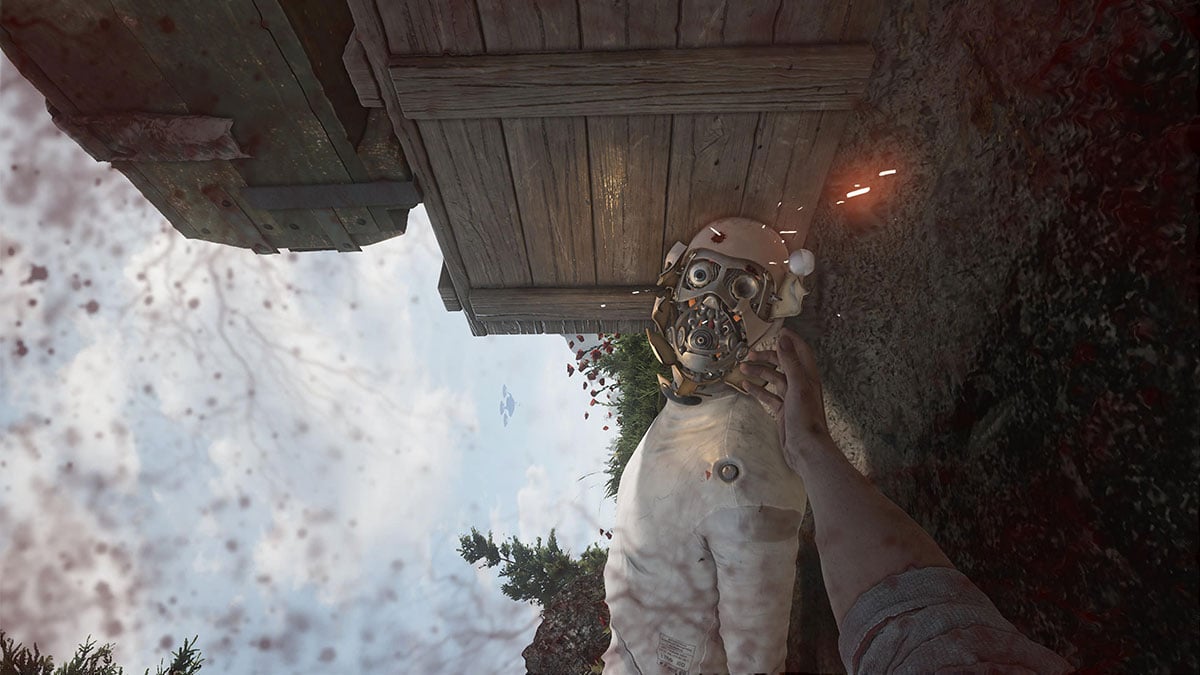
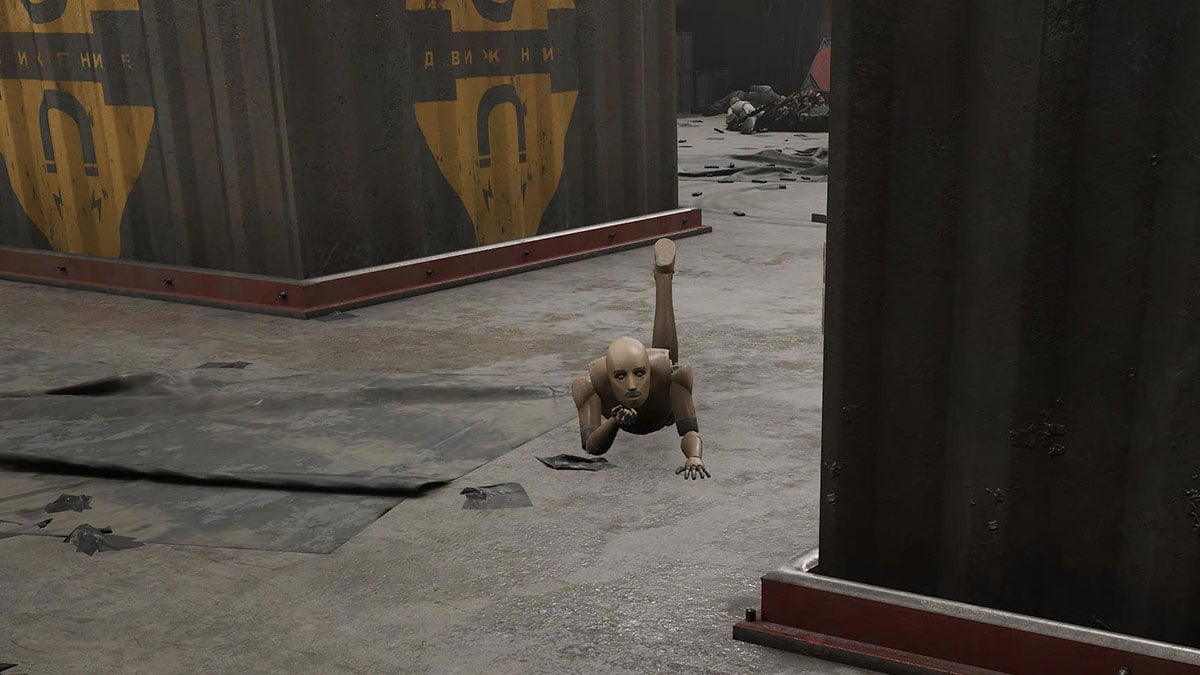
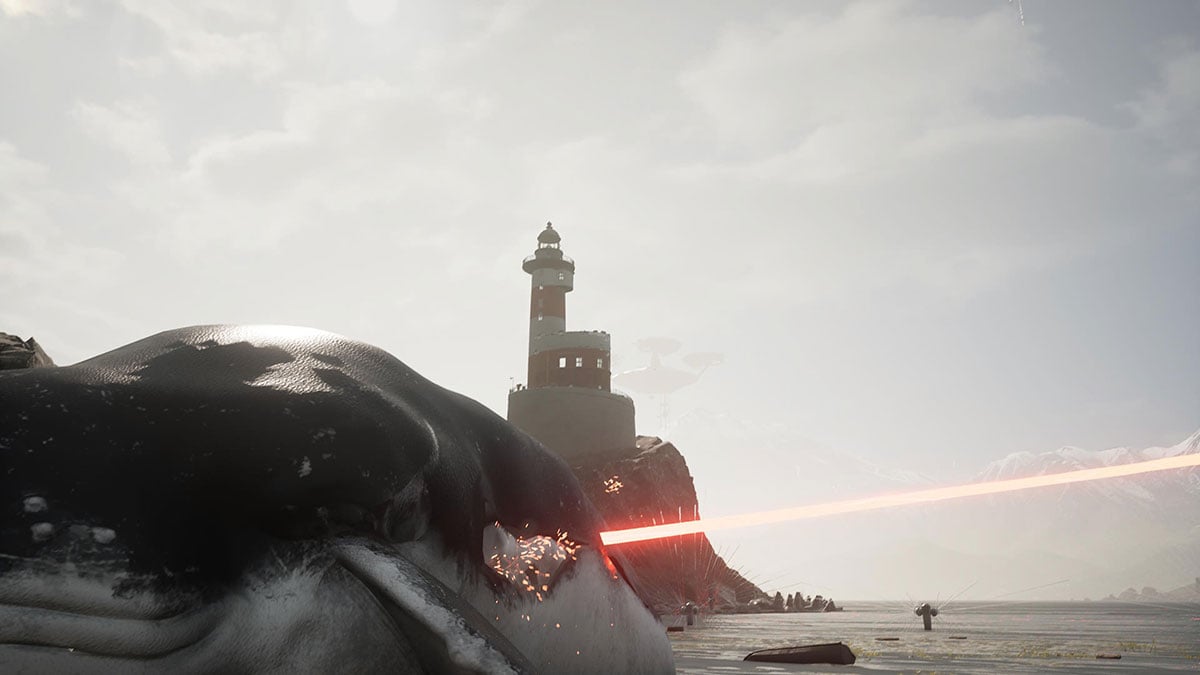
Published: Feb 20, 2023 07:04 am